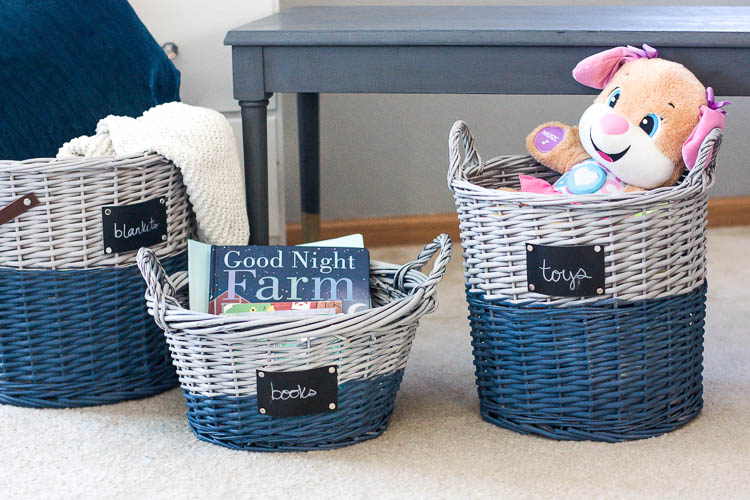Painting walls can be daunting, from determining your color selection and materials needed to the actual painting job. Prepping your walls is just as important – this essential step lets you get the most out of your project! Understanding what supplies you’ll need and how to go about it will help ensure you don’t run into problems during or after the painting process. So if you’re ready to dive in and learn the basics of wall prepping for painting, keep reading – we’ll discuss everything you need to know!

Tips For Prep Walls For Painting with headings:
Remove Wallpaper
Removing wallpaper before painting a wall is critical because it can prevent fresh paint from adhering and cause discoloration later. Many people prefer to hire professionals for this task, but if you’re feeling adventurous, here are some tips for removing wallpaper on your own; Begin by scoring the paper with a scoring tool or perforator to ensure that the remover can penetrate easily, then apply a wallpaper remover solution according to the manufacturer’s instructions, and gently peel off the paper with a putty knife or scraper.
Clean The Walls
Once you have successfully removed any existing wallpaper and adhesive residue, it is essential to clean your walls thoroughly. Start by using a damp cloth to remove any dust or dirt, then use a cleaning solution to ensure the wall surface is free from grease, mildew, oil, and other forms of contamination.
Patch Up Any Holes
Your walls may likely have holes or cracks that need filling before you can begin painting. For small holes and cracks, use a spackle to fill them up and let them dry completely before sanding them down. Use mesh joint tape and setting-type joint compound for added strength and support for bigger holes.
Sand The Walls Smooth
Using medium-grit sandpaper on your walls is the best way to ensure a smooth, paint-ready surface. Use a damp cloth with your sanding block or an electric sander to avoid dust. During this step, wear safety goggles, a dust mask, and work gloves.
Prime Your Walls
Priming your walls is critical to getting perfect results with your paint job. Primers help to seal any flaws and create a smoother surface for painting. Choose a primer specifically designed for interior walls that will not discolor when exposed to light — and apply it evenly with a brush or roller before letting it dry.
Cover & Protect The Floor
When painting walls, it is critical to protect the floor because you do not want drips or splatters on your hardwood floor or carpeting. Begin by covering your floors with drop cloths and plastic sheeting, then tightly taping it down to keep it from moving around while you paint. Masking tape can also clean baseboards, windowsills, and door frames during painting.
Caulk Any Gaps & Seams
Before painting, sealant any gaps or seams to ensure an even surface and a professional-looking finish. Using a caulking gun, apply acrylic latex caulk, then smooth it out with your finger or a damp cloth. Allow for 24 hours for the caulk to dry before painting over it.
Mask Everything You Don’t Want To Paint
Before applying paint to your walls, mask off any items or areas you don’t want to be painted with painter’s tape. This includes window frames, door frames, outlet covers, and light switch plates — anything left in its original color should be masked appropriately.
Apply A Coating of Paint
You can finally start painting now that your walls have been prepped and protected! Begin by painting the walls with a thin coat of paint to ensure even coverage. Apply the paint with a brush or roller, and don’t forget to wipe away any excess with a damp cloth or paper towel as you go.
Let The Paint Dry & Apply Additional Coats
It would help to allow your first coat of paint to dry completely before applying any additional coats. Depending on the paint you use, this could take 2-4 hours, so plan and allow enough time for the entire project. When it’s dry, add more coats, usually two to three, and let the walls dry completely before removing any masking or painter’s tape. These steps will help ensure your walls are adequately prepared for a beautiful paint job. You can transform any room in your home with a fresh coat of paint, patience, attention to detail, and suitable materials!
How To Prep Walls For Painting
You will need the following:
- Drop cloths
- Painter’s tape
- Spackle or wall patching compound
- Putty knife
- Sandpaper
- Primer
Now that you’ve gathered all the materials needed to prepare your walls, it’s time to put them to use. The steps below will show you how to prepare walls for painting properly:
Preparing the Room
First and foremost, you should prepare the space for painting. Place drop cloths around any furniture or other items you do not want to be painted. Make sure to cover all floors, baseboards, and door frames. While preparing the walls for painting, you may find it helpful to use painter’s tape to secure any plastic or paper drop cloths placed on the floor.
Identifying Problem Areas
Before applying primer or paint to your home’s walls, carefully inspect them for any problem areas, such as holes, cracks, or dents. Apply spackle or wall patching compound to any areas that require filling with a putty knife if necessary.
Sanding Down the Wall
After you’ve filled any problem areas, sand the patched area down with fine-grit sandpaper to ensure an even finish when it’s time to paint.
Applying Primer
Before painting, make sure to prime your walls. This will result in a more even foundation and coverage in the finished product. Use a primer on your painting surface (wood, drywall, plaster, etc.).
Painting Your Walls
It’s finally time to start painting! Use the proper brush or roller for the type of paint you’re working with. Spray only in a well-ventilated room or area. Wait for the paint to dry completely before removing any drop cloths or painter’s tape after you finish painting.
These steps will assist you in ensuring that your walls are properly prepared and ready for painting. Correctly preparing your walls can save time and money, producing a better-looking finished product.
Frequently Asked Questions:
You will need a few essential tools to prepare your walls for painting. Painter’s tape, drop cloths, spackling compound and a putty knife, sandpaper, a wallpaper scraper or scoring tool, and a damp cloth are among them. If you paint over bright colors or glossy surfaces, use a primer.
Ensuring the wall is completely clean before beginning any prep work is critical. Begin by wiping the wall down with a damp cloth dipped in a mild detergent solution. Allow it to dry completely before proceeding.
Fill holes, dents, or other wall flaws with a spackling compound and a putty knife. Allow the spackle to dry completely before sanding it smooth. If you have larger cracks, seal them with the painter’s caulk before painting.
Yes, before prepping or painting can begin, all wallpaper must be removed. Use a scoring tool or a wallpaper scraper to loosen the edges of the paper and peel it away from the wall. Remove any remaining adhesive with a damp cloth after removing the paper.
Painter’s tape or plastic covers designed to protect electrical components can be used. Before taping, remove any switches or outlet covers and replace them when the painting is finished. Drop cloths can be used on the floors and furniture near your painting wall. This will aid in keeping your work surfaces clean.
Conclusion:
Finally, any painting project requires that the walls be prepared for painting. Thorough preparation ensures that the job will be of high quality and last many years. Your walls will be ready for a beautiful coat of paint if you use the proper tools, methods, and materials. Talk to one of our experienced team members at your local home improvement store if you need help preparing your walls for painting or if you want more tips on getting the best results from your painting projects.
Read More:
- How Long Does Primer Spray Paint Take To Dry
- How To Spray Paint Wood Chairs
- How To Thin Water-Based Paint For Roller
- How Long Does Spray Paint Take To Dry Metal
- Is It Better To Spray Or Roll the Interior Paint
- Does A Paint Sprayer Use More Paint Than A Roller
- How To Thin Water-Based Paint For Spraying
- How To Clean Wagner 350 Paint Sprayer
- How To Paint A Textured Ceiling With A Roller
- Which Is Better, Air Or Airless Paint Sprayer
- How To Use Hvlp Spray Gun
- How Long Does Spray Paint Take To Dry On Cardboard
- Graco Magnum Prox17 VS X5






